Last Updated: 07/05/2025
Swedish Vallhund Breed Guide: History, Traits, and Care Tips
Explore the Swedish Vallhund breed guide to learn about this unique dog’s history, characteristics, care needs, and whether it's the right fit for your home.
Author: Gemma Radcliffe
Reading Time: 11 minutes - short read

In her life, Gemma has owned cats, dogs, budgies, tropical fish, hermit crabs, chickens, guinea pigs, a rabbit and a stubborn rat named Bijou. She now writes all about pet wellbeing and products here at Pet Circle.
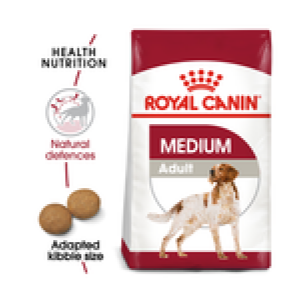
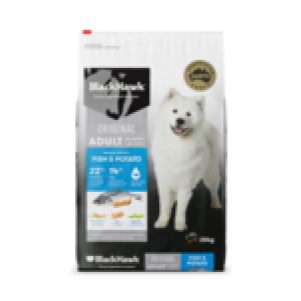
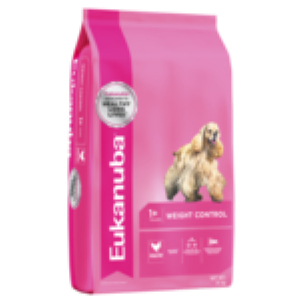
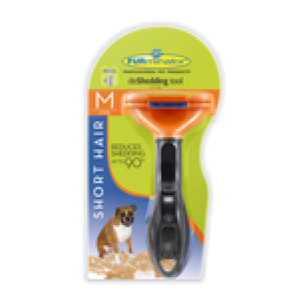
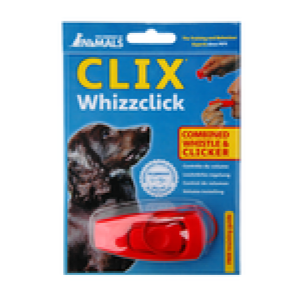
Breed of the Month!
Keen to learn something new? Great! Be sure to make a tea, take a seat and get comfortable.
This breed of the month segment is part of our new monthly newsletter - and, as the title suggests, we'll be talking about a dog or cat breed in every edition, covering everything from general breed facts to interesting historic titbits and more. Who knows - maybe you'll find your next dream dog or cat here!
May: Swedish Vallhund
Breed Origin: Sweden
Other Names: Swedish cattle dog, Swedish Shepherd, Västgötaspets
Breed Size: Medium
Average Weight: 9kg - 15kg
Average Height: 31.7cm - 34.9cm (male), 29.2cm - 32.3cm (female)
Coat Length: Short
Energy Level: Very active
Temperament: Friendly, intelligent, watchful, high-energy
Grooming and Maintenance: Medium to high. Double-coated, sheds often
Common Health Ailments: Some incidence in the breed of hip dysplasia. Can be affected by an eye issue called Swedish Vallhund retinopathy. Tendency to gain weight
Recommended Diet: Any food for medium breed dogs, or fish-based foods to assist in coat health
Average Life Span: 12 - 15 years
You may have seen images of this little dog floating around the Internet, incorrectly called "an adorable crossbreed of a husky and a corgi". Although this might look to be the case, people are pulling your leg - what you're actually looking at is the ancient breed known as the Swedish Vallhund.
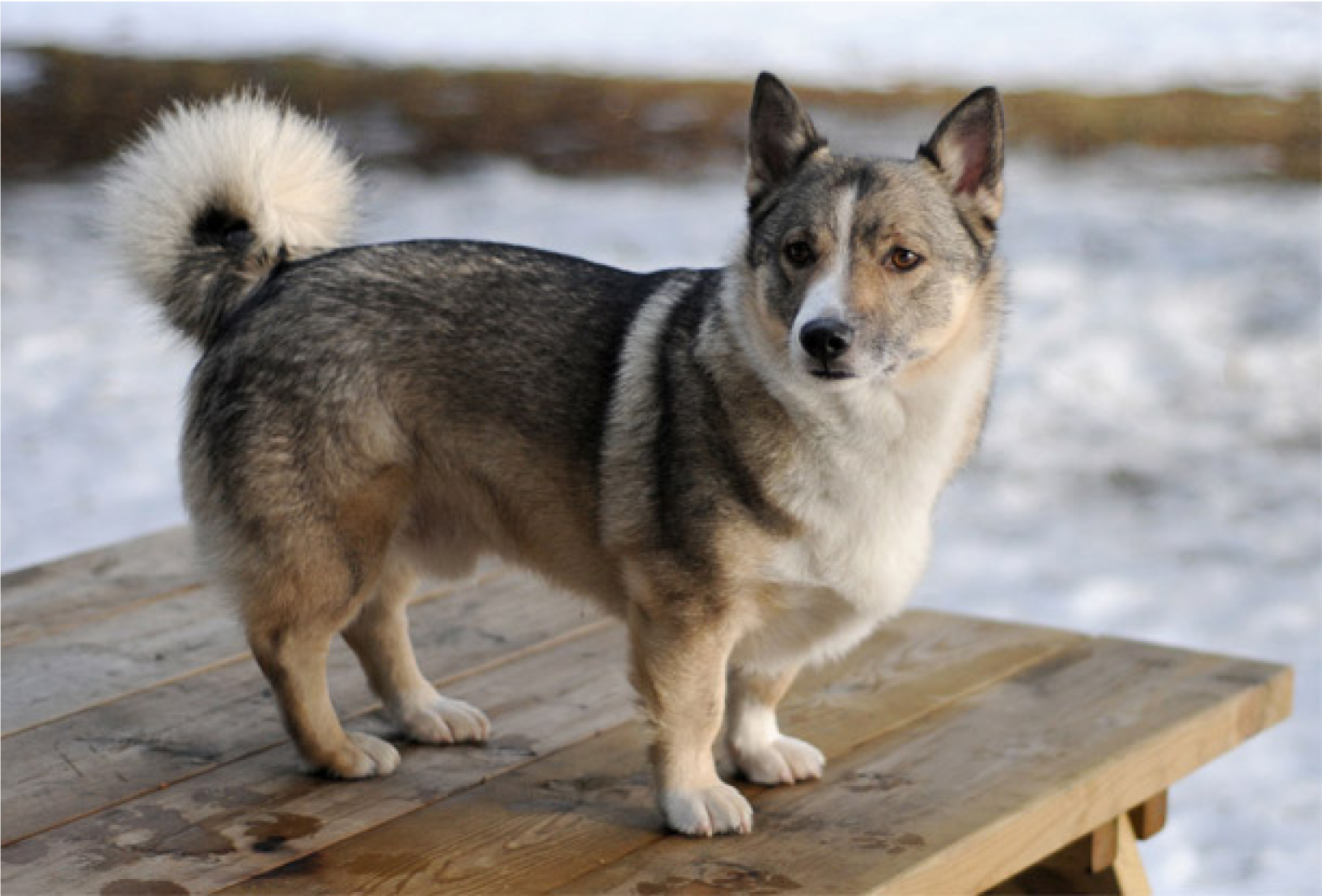
A relatively uncommon breed outside of its native country of Sweden, the Swedish Vallhund is however thought to be a not-so distant relative of the corgi, with a similar body shape and purpose: being low to the ground, they could easily herd cows and sheep by nipping at their legs. And they've been doing this droving for over 1,000 years - Swedish Vallhunds probably even guarded and herded livestock for the Vikings during their settlement in England.
Amazingly, we almost lost this historic breed. While the world was in the throes of World War II, two Swedish men - Count Bjorn von Rosen and Karl Gustave Zetterstén - came together over a newspaper add and set out to find the last remaining purebred Swedish Vallhunds. After an arduous search, Bjorn and Karl managed to secure a breeding pair: Topsy and Mopsen. The rest is breed history.
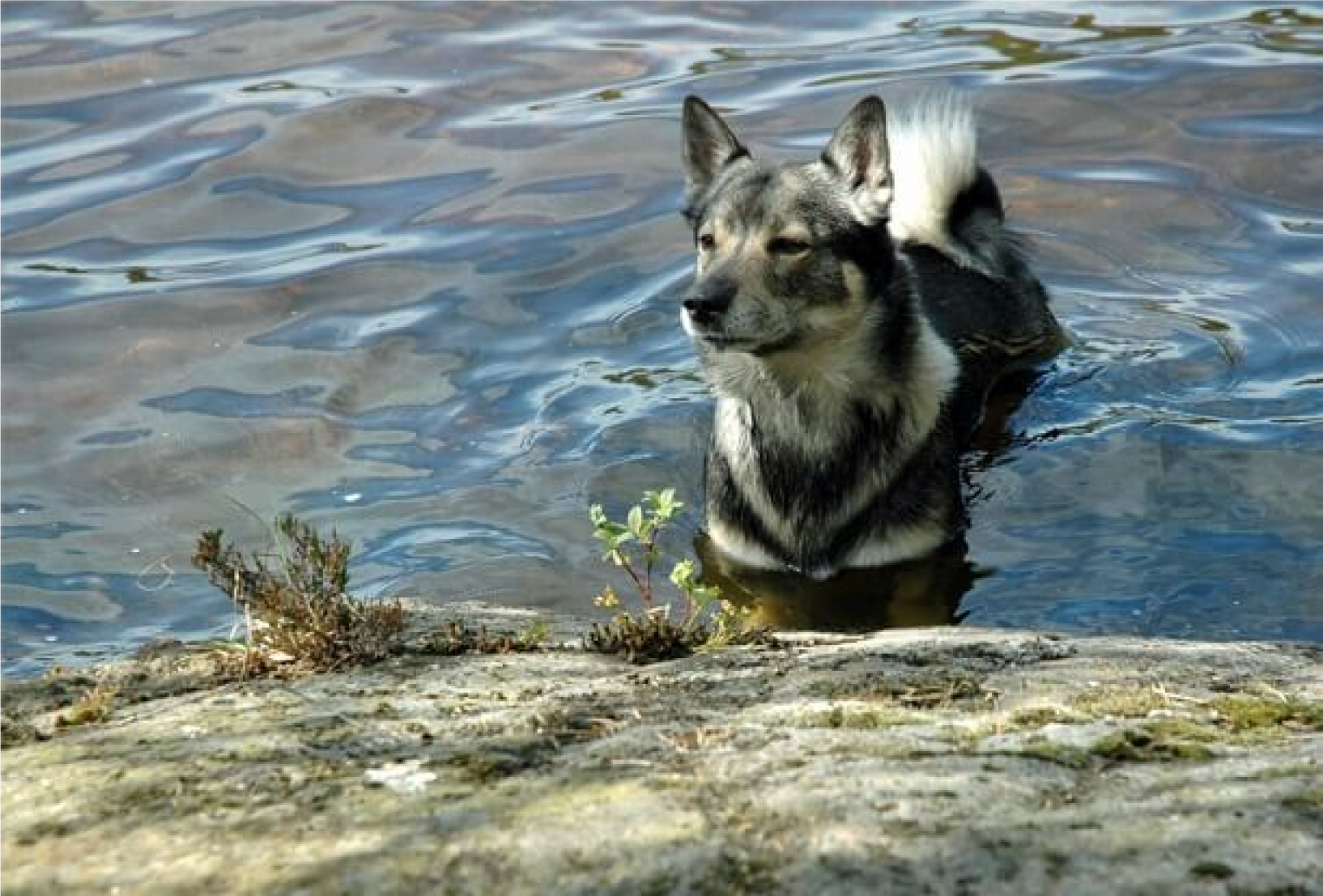
These days you'll find Swedish Vallhunds all over the globe. They make wonderful companion pets with their self-confident, loving, loyal and courageous natures. Easily trained, the vallhund requires a good deal of positive reinforcement and thrives when it's given the chance to learn new tasks. They're also great around children, and are totally happy to adapt to your life. As a double-coated breed, they shed quite a bit, and as a working spitz breed they need lots of exercise and nourishment. As another plus, Swedish Vallhunds experience minimal health issues and will love being by your side for a wonderful 15 years or more!